Notes
Medevac Photos Revisited: U.S. Embedding Policy Alive and Well
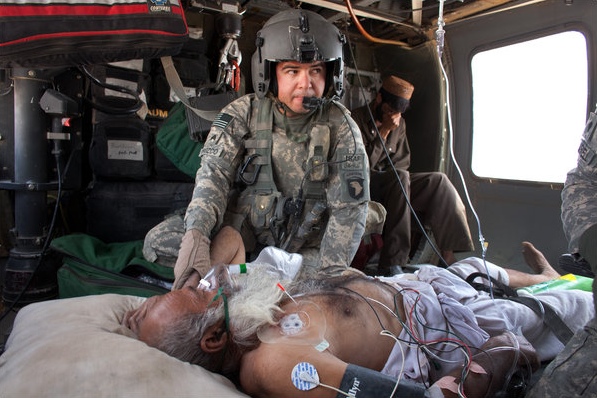
Back in January ’11, I wrote a post about war embedding, noting how three major photo stories shot by three top photojournalists had run within a few weeks of each other, producing almost the same subject matter. In the post (“Big Media Sent 3 Of My Favorite War Photographers to Afghanistan And What They Brought Back Were The Near-Same Medevac Shots”), I asked if this was pure coincidence, or if it was more illustrative of the Pentagon limiting war access while also insuring a steady stream of heroic, uncomplicated war imagery.
Since I’m preparing a talk for the new Photoville festival in Brooklyn on June 23rd on “The State of the News Photo,” (and because I recently emphasized the need to “aim higher” in articulating and defining the moral and political dilemmas photojournalists face), I thought I would take a quick run through Google Images to try and determine how many other medevac photo-stories existed over the past twenty-four months. I’m not saying I found them all (and I didn’t count any of the many, many medevac shots on U.S. military websites shot by military photographers), but I was surprised to turn up at least seventeen stories photographed in Afghanistan over that two year stretch.
At the end of the earlier post, I asked the question: what does it mean that such high-profile redundancy can occur with hardly a notice? I think the question bears repeated since so many people I know are great visual (and visual news) observers, but I haven’t seen anyone really notice the slow and steady whirr of medevac rescue pics flying around.
The photo above was taken by Tyler Hicks in May 2010.
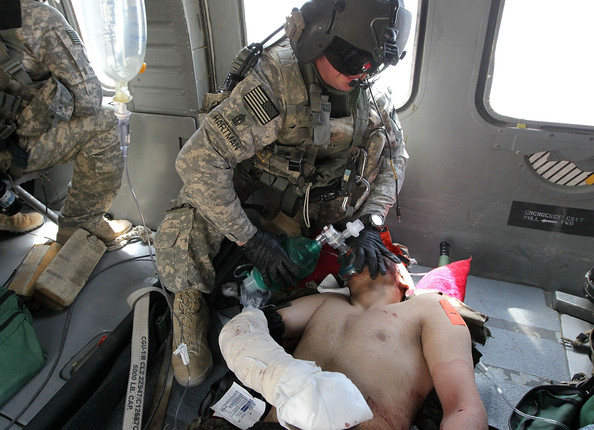
This photo by Getty’s Brendan Sullivan was published in June 2010.
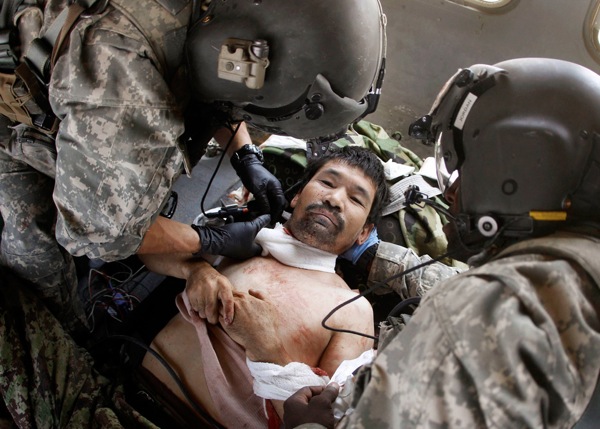
This was shot by Oleg Popov of Reuters on Aug. 31, 2010.
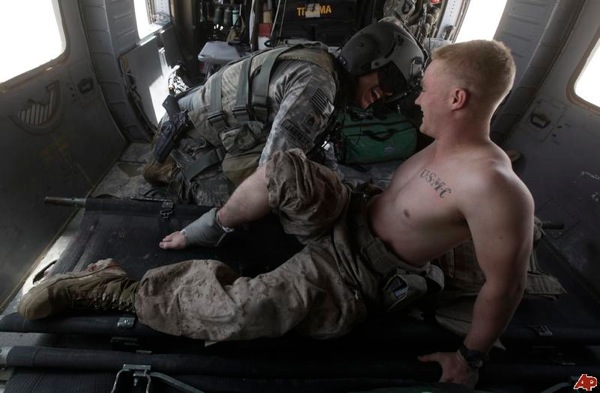
This is from September 2, 2010 by Brennan Lin of AP.
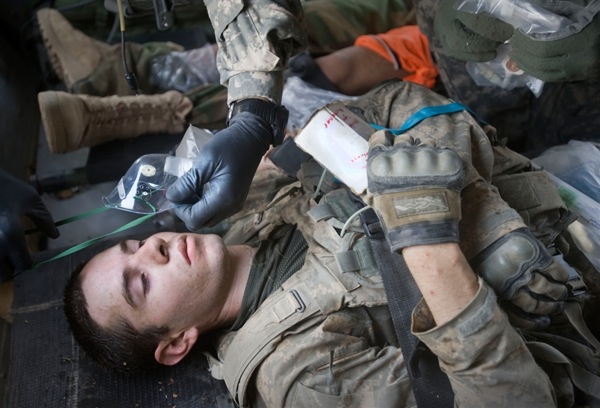
This is by Louie Palu for the Alexia Foundation via Zuma Press published September 28, 2010.
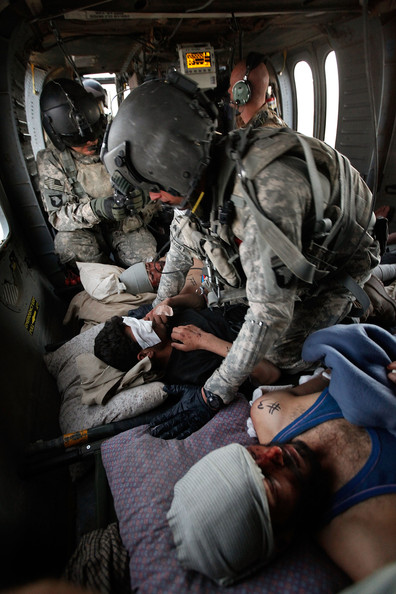
This photo by Getty’s Scott Olson is from September 2010.
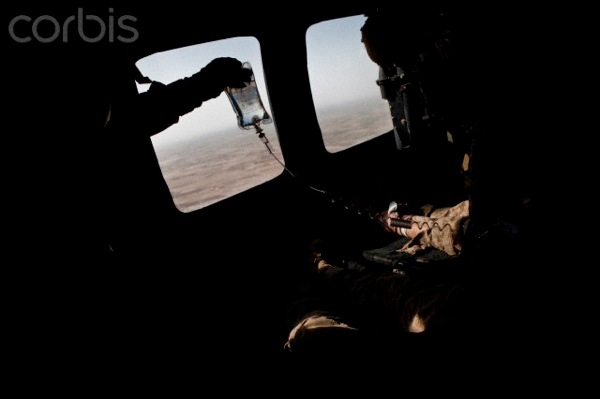
This was shot by Bryan Denton for Corbis on October 8, 2010
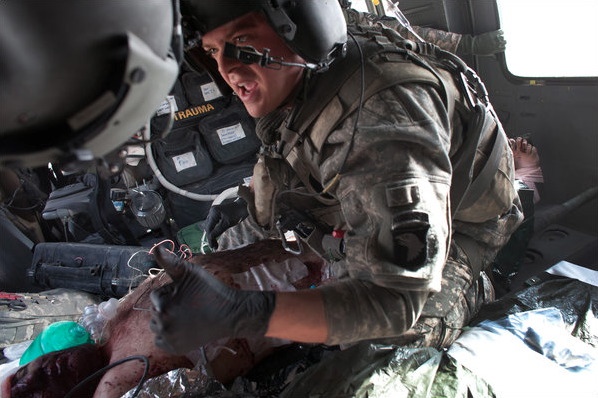
This is the first of those three photos from January 2011, highlighted in the previous post. This image from January 2011 is by Tyler Hicks for The New York Times.
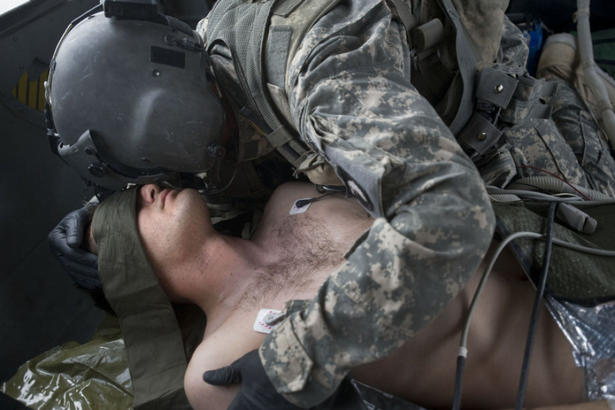
Also from January 2011 by Louie Palu for The Toronto Star.
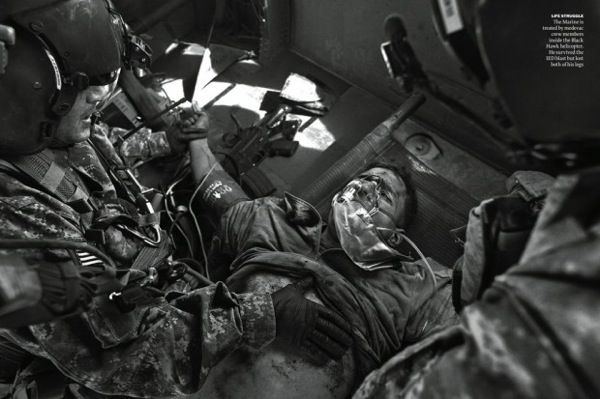
Rounding out the initial trio, this photo is from January 2011 shot by James Nachtwey for TIME.
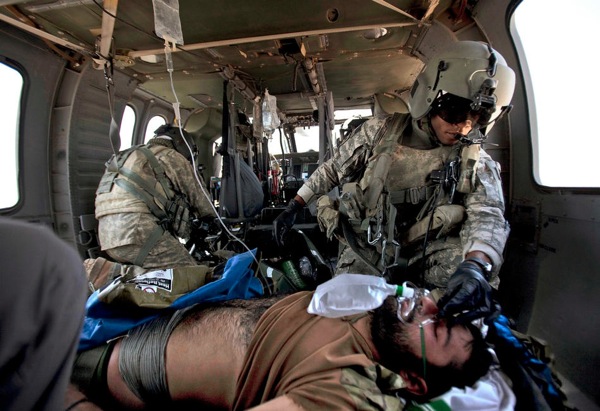
This shot is by AP’s Kevin Frayer published by the Denver Post in May 2011.
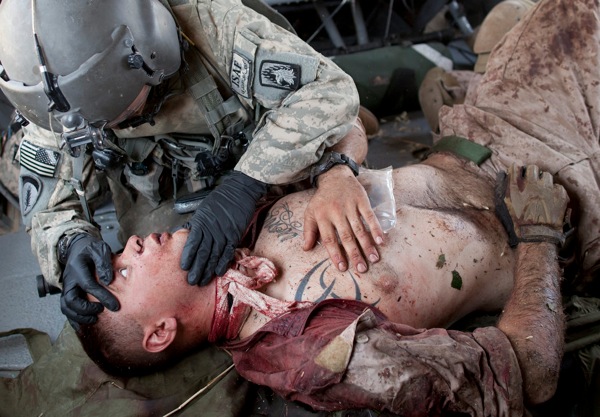
This image, from Anja Niedringhaus for AP, was published June 2011.
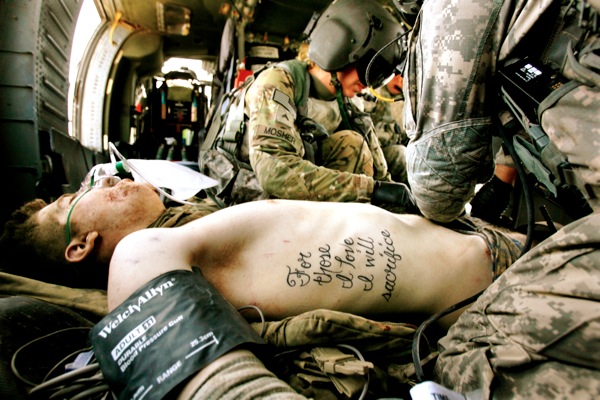
This is from June 20, 2011 by Laura Rauch of Stars and Stripes.
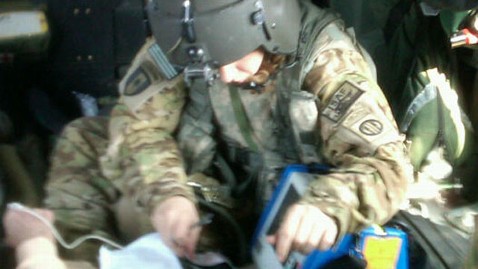
Jake Tapper of ABC photographed this scene on November 5, 2011
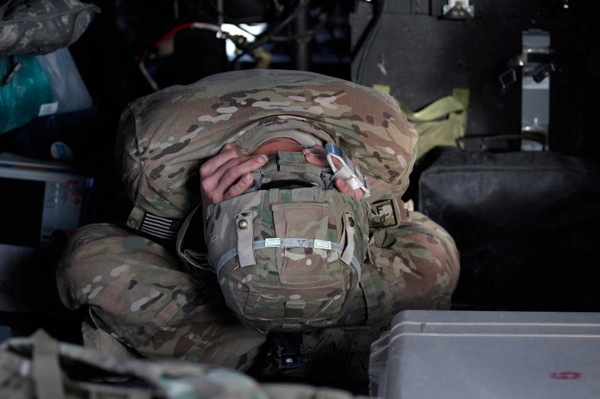
This photo by Umit Bektas of Reuters was taken on November 21, 2011.
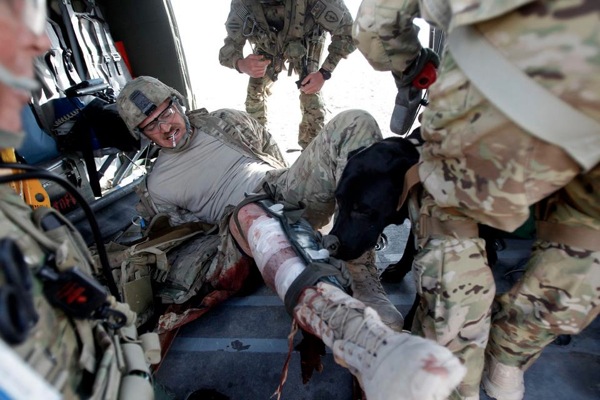
This is from April 9, 2012 by Baz Ratner/Reuters.
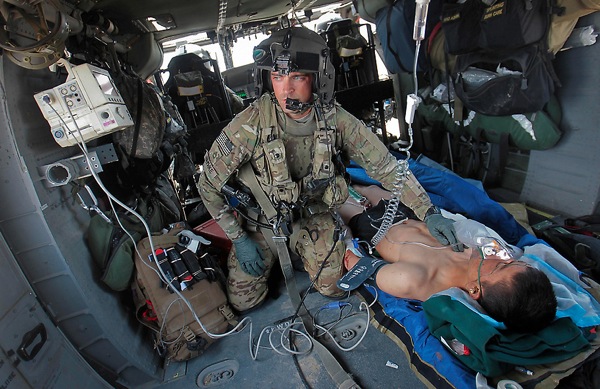
Finally, this recent shot — from May 16, 2012 — is by Danish Siddiqui of Reuters.
As a last word, there are some points to emphasize.
In highlighting this redundancy, I don’t, in any way, intend to disrespect these photographers, skilled journalists all who risk their lives to put eyes on America’s war in Afghanistan for citizens and news consumers back home. I also acknowledge sincere efforts are made to find and explore different editorial themes within the context of these medevac missions, focusing on the aid and rescue of Afghani civilians, for example, or the painful personal odyssey of an individual solider. That said, however, what these images document is something terribly wrong with the way the reporting effort is being constrained by the government, the embedding policy compromising the integrity and the larger mandate of each of these skilled photographers to deliver us the war in its essence. In that regard, what we’re looking at here is actually a snapshot of a policy in which journalists, trained to capture what their instincts tell them the public needs to see are instead doing their vivid best to illustrate a scene on which the government has them trained.
*************
If you can make it out to Dumbo on the 23rd, come hear my talk on the state of the news photo. (I’m speaking back-to-back with a panel moderated by Pete Brook on prison photography, featuring Deborah Luster, Brenda Ann Kenneally, Lori Waselchuk and Yana Payusova so you can enjoy that, too.)
(Note: Last paragraph added 7:57 am PST)
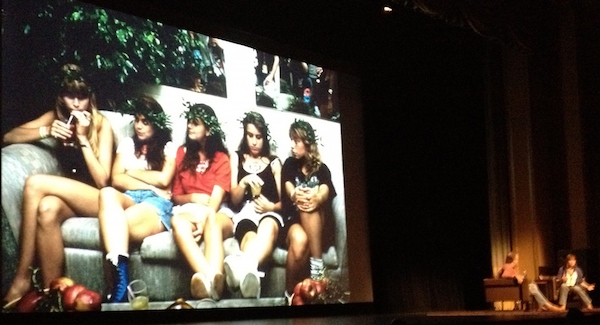
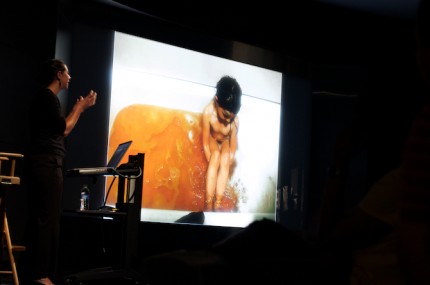
Reactions
Comments Powered by Disqus